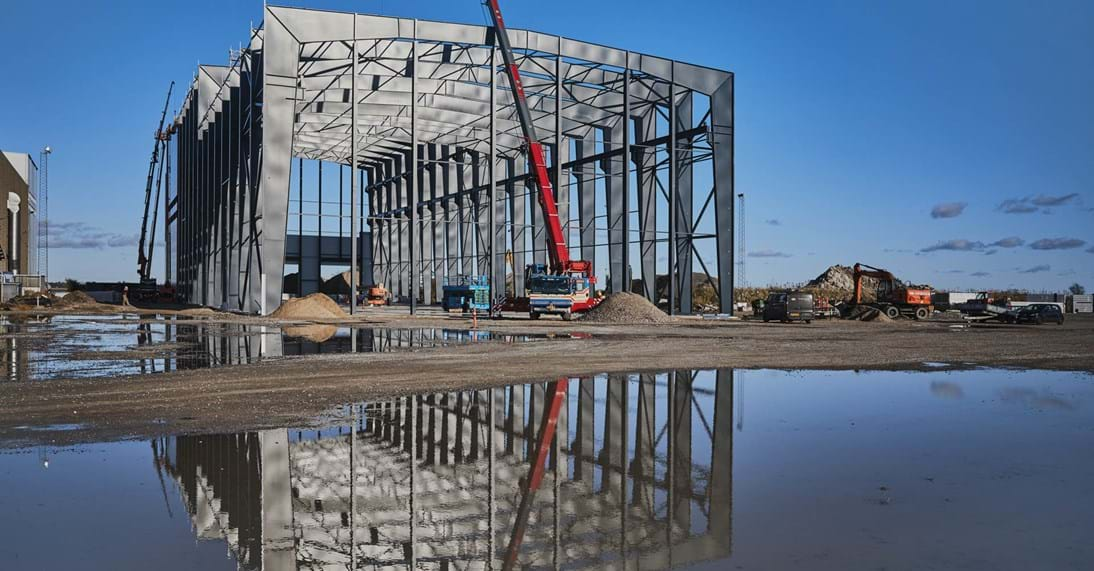Aalborg Havn is changing name to Port of Aalborg. The Name change marks the launch of a new 10-year plan with the ambition to double the port’s turnover, invest 2 billion DKK and not least attract 10-15 big companies, who mainly shall be found outside of Denmark’s borders.

To meet the growing demand for freight transport by rail and accommodate new companies, Port of Aalborg initiated construction of a new freight terminal at the East Harbour in Aalborg in 2020. The area comprises a 18,950 m2 secured area and a 430-metre grooved railway track. Throughout the construction, Port of Aalborg has strived determinedly to minimise the carbon footprint, partly by using alternative building materials.
In collaboration with the railway construction company Aarsleff Rail, Port of Aalborg has recycled debris from track renovation on a stretch of railway between Hobro and Aalborg. Recent calculations have shown that the result is a far more CO2-friendly solution than the originally tendered project:
– Following the project, figures showed a saving of approximately 1,950 tons of CO2 compared to the original project. This equates to the total energy consumption of the port over two years, which represents a very significant saving, says Mikkel Kalmo Guldhammer, Project Manager at Port of Aalborg.
During construction of the new terminal area, uncontaminated railway ballast and granite was specifically used instead of cement stabilised gravel and hardcore, which minimised the climate impact considerably.
Greater focus on documentation of our CO2 footprint
The engineering company NIRAS, working on behalf of the Port of Aalborg has been responsible for calculating the CO2 emissions related to both the original project and the completed project. The study of the two projects is conducted using a so-called greenhouse gas protocol and expands upon Port of Aalborg’s increased focus on reducing CO2 emissions at the port:
– We have commissioned the calculation to redouble our efforts to map and minimise our carbon footprint. Although the calculations are subject to some uncertainty, they serve as a good benchmark for the project’s carbon footprint. In this context, it is naturally very satisfying to see that we have achieved a significant saving, which is also economically beneficial, says Mikkel Kalmo Guldhammer, who explains:
– The project is also in line with the current developments that we see in the building and construction industry for greater focus on measuring and documenting the CO2 impact of building materials. More recently, from the Danish Road Directorate LCA model, which shall be used to estimate the carbon emissions of products from a life-cycle perspective.
The new freight terminal is already in use, handling the increasing volumes of goods arriving by train to Aalborg port five times per week:
– Obviously, it is very positive that the construction of the freight terminal includes a large CO2 reduction, while supporting the positive development within the railway segment, which is a competitive and green alternative to road transport, concludes Mikkel Kalmo Guldhammer.
For further information, please contact:

Aalborg Renewables
Langerak 15
DK-9220 Aalborg Øst